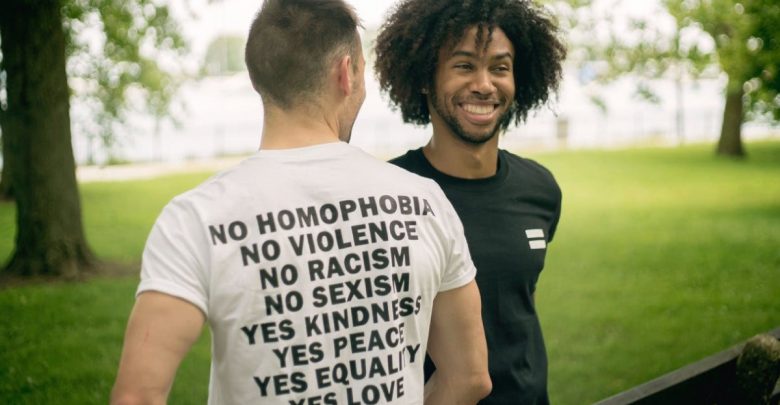Being diversity aware
Being diversity aware
-
Nowadays having learners from diverse backgrounds in one room is more common than ever before. It comes with challenges, but if managed well, diversity can lead to a unique “masterpiece” of an experience. There is a great saying by organizational psychologists that “The worst kind of group for an organization that wants to be innovative and creative is one in…
Read More » -
Why did I choose this tool? I think sometimes we choose topics in academia and organizations that sound very concrete and easy to identify, and yet they can be very hard to pin down. I believe that’s the case with DEI. I think it’s important to explore the dictionary definitions of these terms, but also to dive into the details…
Read More » -
Why did I choose this tool? I think we often use certain buzzwords or jargon related to being trainers without pausing to look more deeply into what the words mean. I know that I often feel confused at what people mean when they use the terms diversity, equity, and inclusion (DEI). While there are various ways to define these terms,…
Read More » -
Why did I choose this tool? I like to take the approach where I reduce the number of variables in an activity so that I can better see which variables are causing the problems and can therefore change the outcome by changing the variables. It may come from my engineering background, where I like to solve a problem at its…
Read More » -
Why did I choose this tool? Having worked under Jeff DeGraff, one of the original creators of the framework, I personally saw the power of this model of thinking. It helped teams through innovation and change management and provided a simple and clear way to differentiate team behaviors and how those created tension and complementarity. It is a framework that…
Read More » -
Why did I choose this tool? Often what happens in a training is that the loudest, most quick voice gets the attention. This means that the people who process information a little more slowly or have a little more fear of speaking don’t get a chance to contribute. The conversation then becomes unbalanced, with only a few people actively participating…
Read More »





